
On April 16, 1943, a Swiss chemist named Albert Hofmann accidentally dosed himself with a miniscule amount of a new, virtually unknown, clinically-synthesized compound, lysergic acid diethylamide, or LSD-25—becoming, in the process, the first human being to trip on acid. A few days later, Hofmann experienced a full-blown intentional acid trip when he self-administered 250 micrograms.
The 250 micrograms with which Hofmann dosed himself represented what he believed to be a “threshold” amount, i.e., a dose that would spark a noticeable and perhaps even quantifiable response in the test subject. Subsequent clinical studies indicate that a threshold dose of LSD is actually closer to 20 micrograms.
Here, LIFE.com presents a gallery of artworks created in the 1960s by a group calling itself USCO (an abbreviation for “the Us Company, ” or “the Company of Us”)—a collective of artists, film makers, engineers, poets and other creative folks who staged interactive, acid-inspired art shows in lofts, galleries and museums around the country. In its September 9, 1966 issue, LIFE reported on the then-new phenomenon of what it called “LSD Art” through the lens of a show at New York’s Riverside Museum:
Amid throbbing lights, dizzying designs, swirling smells, swelling sounds, the world of art is “turning on.” It is getting hooked on psychedelic art, the latest, liveliest movement to seethe up from the underground. Its bizarre amalgam of painting, sculpture, photography, electronics and engineering is aimed at inducing the hallucinatory effects and intensified perceptions that LSD, marijuana and other psychedelic (or mind-expanding) drugs produce—but without requiring the spectator to take drugs. [Viewers] . . . become disoriented from their normal time sense and preoccupations and are lifted into a state of heightened consciousness. In effect, the art may send them on a kind of drugless “trip.”
Psychedelic art is not all new. It derives from earlier innovations of art and electronics, as well as from such old-fashioned devices as the kaleidoscope and slide projector. Some of it even incorporates ancient Oriental philosophies and American Indian lore. But what is new about the art is its complex integration of these techniques and elements as well as its overall purpose. “We try to vaporize the mind,” says a psychedelic artist, “by bombing the senses.”
Of the show at the Riverside Museum and other trippy USCO exhibitions, LIFE wrote that the art found “its most receptive audience at colleges. Young people who grew up with TV and transistor radios and who take electronic equipment for granted have no difficulty in attuning themselves to the audio-visual bombardment. Older people,” the LIFE article concluded, “who prefer what is called rational sequential experience, i.e., just one movie or a single radio station at a time, tend to freak out.”
Liz Ronk, who edited this gallery, is the Photo Editor for LIFE.com. Follow her on Twitter @lizabethronk.
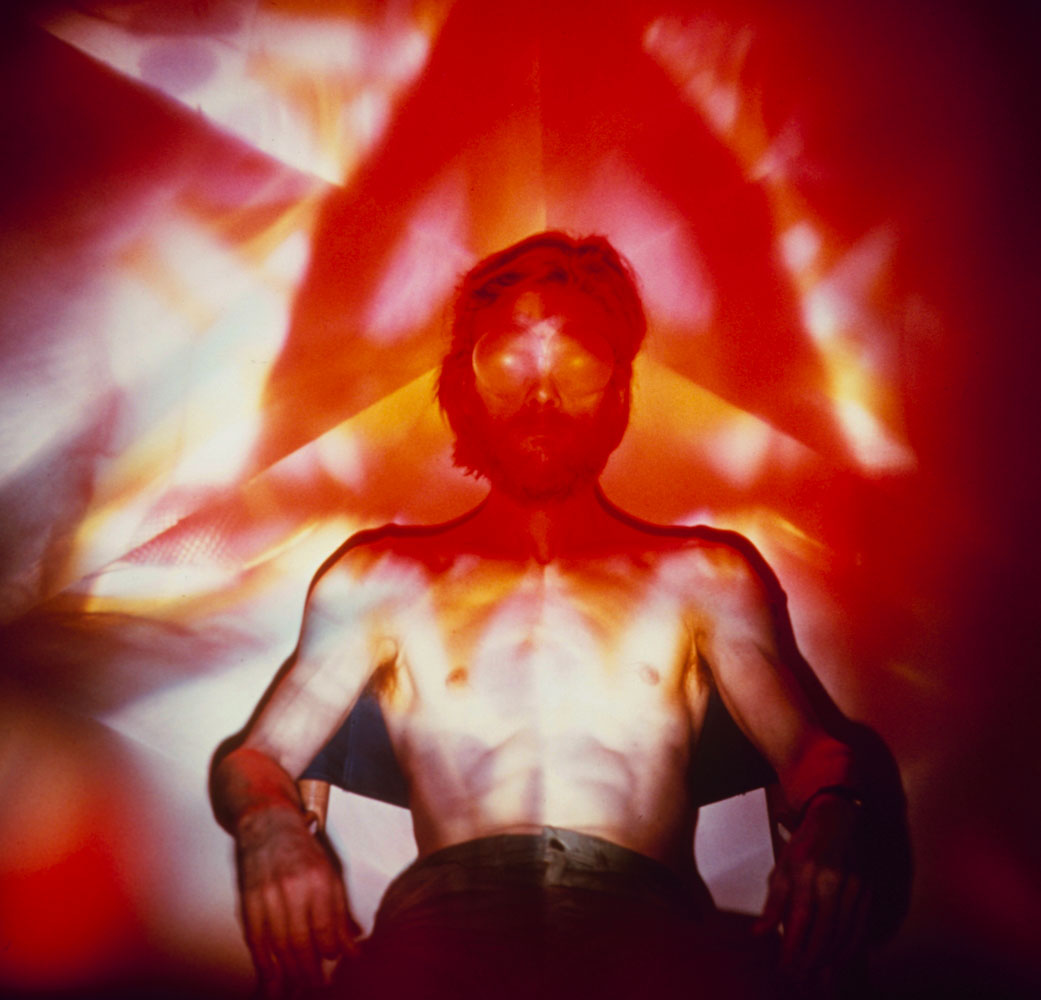
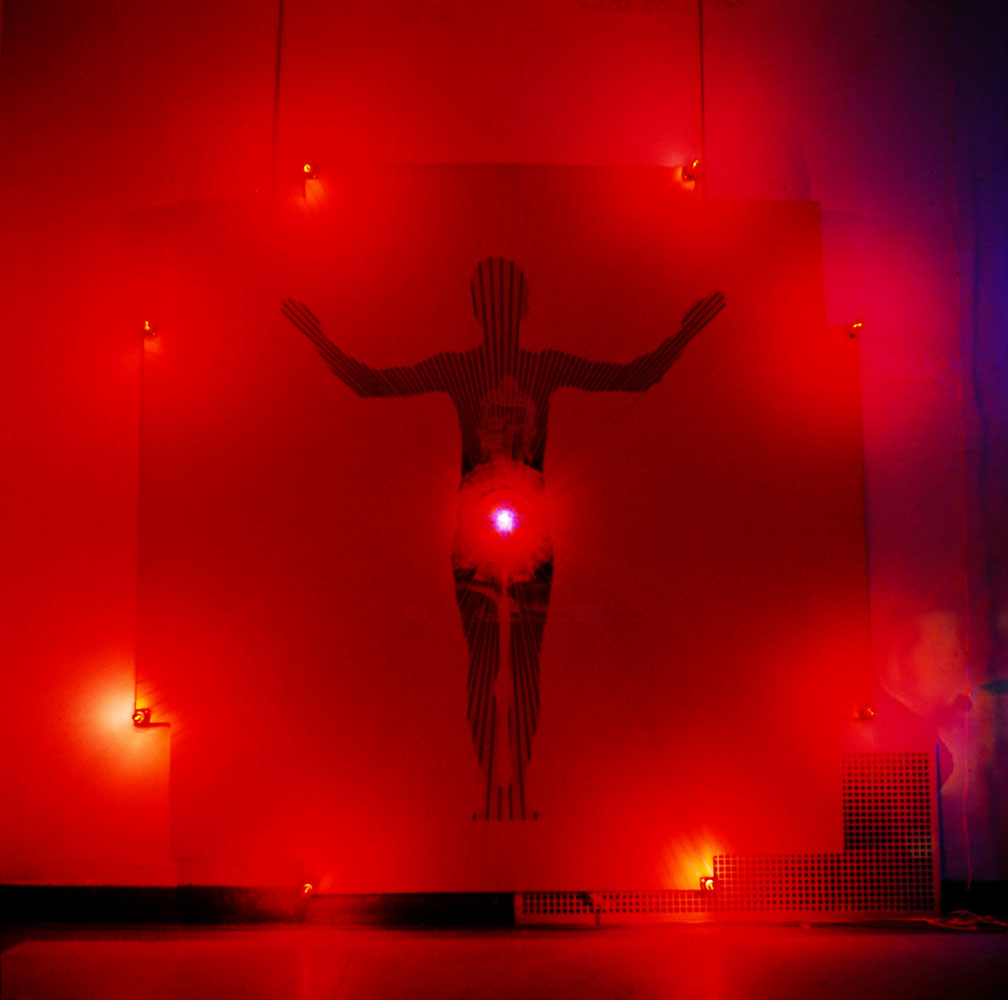
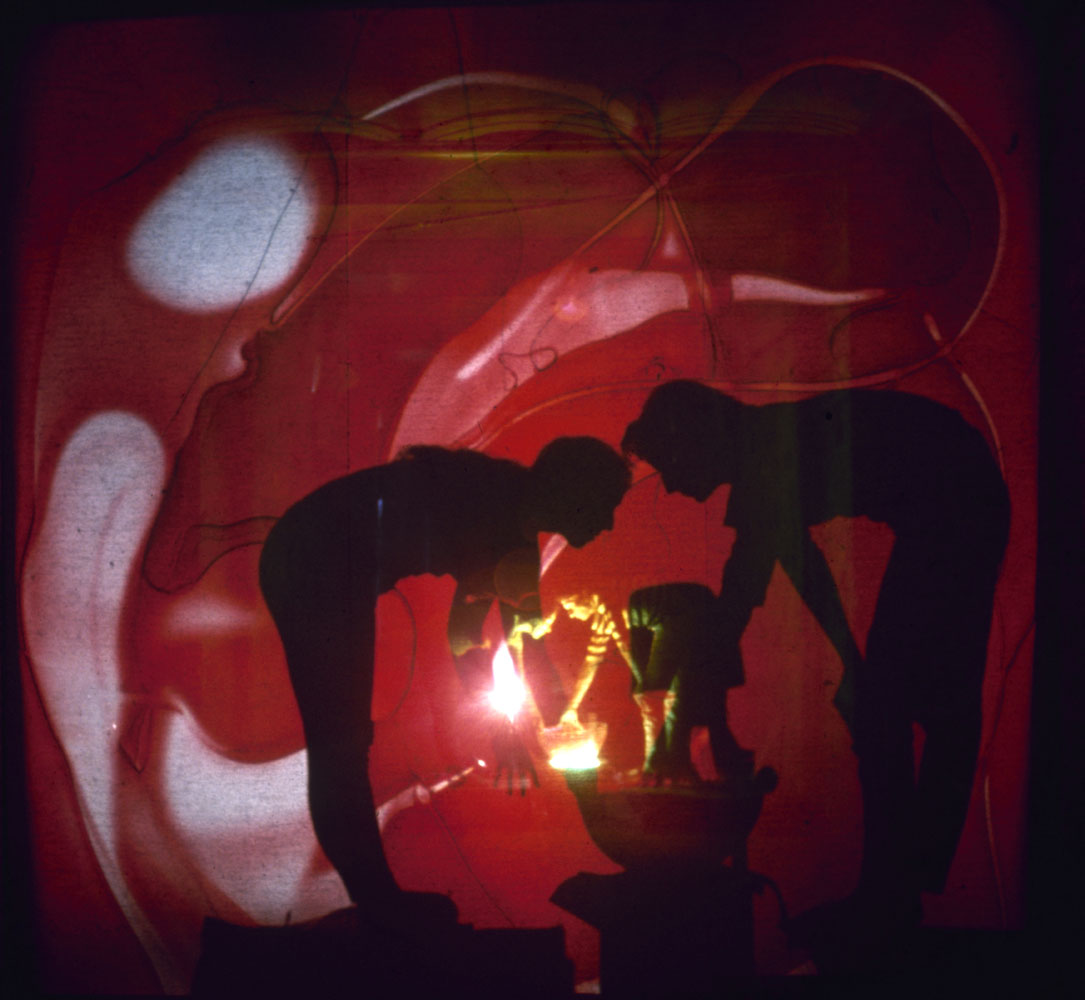
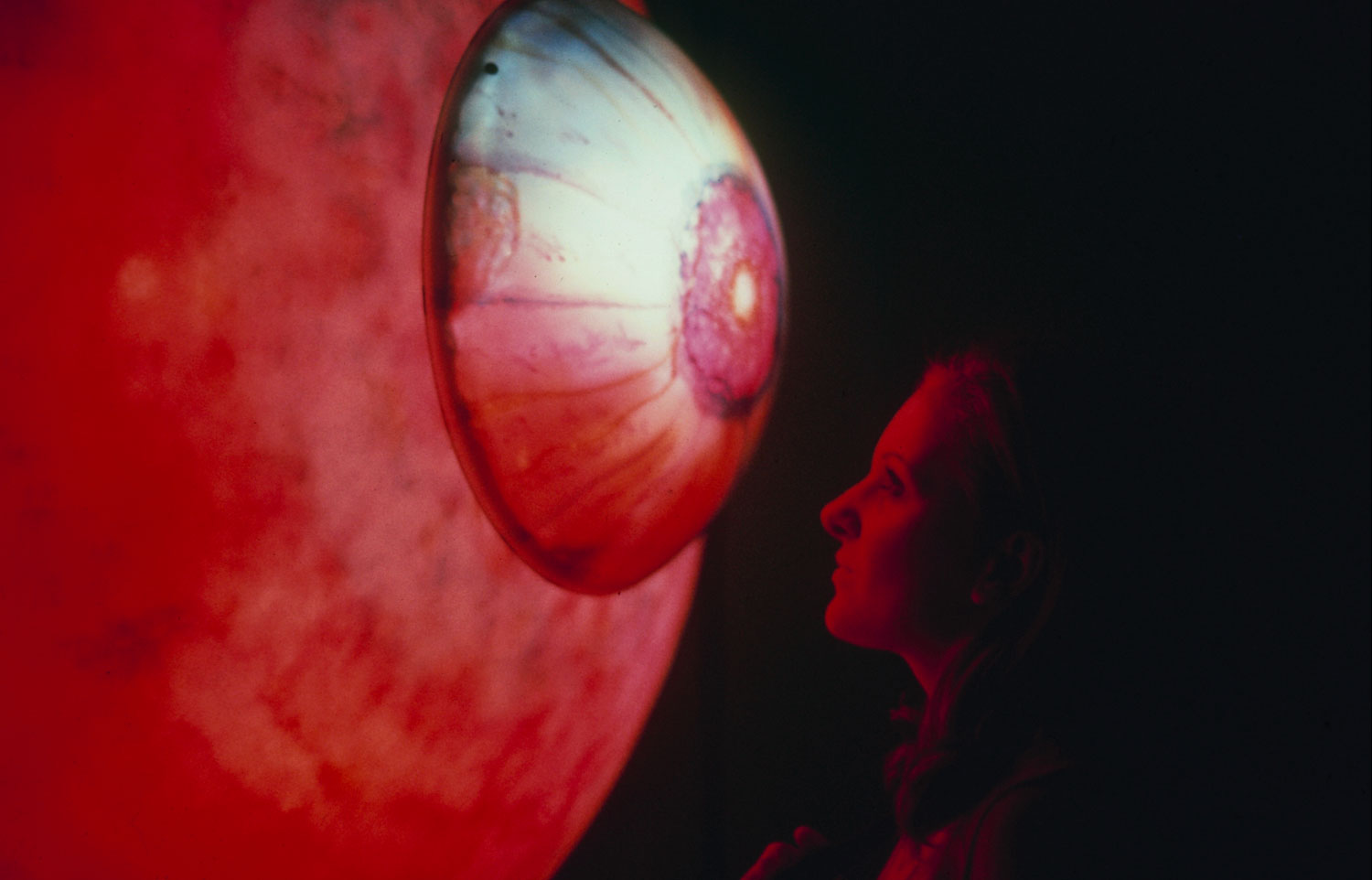
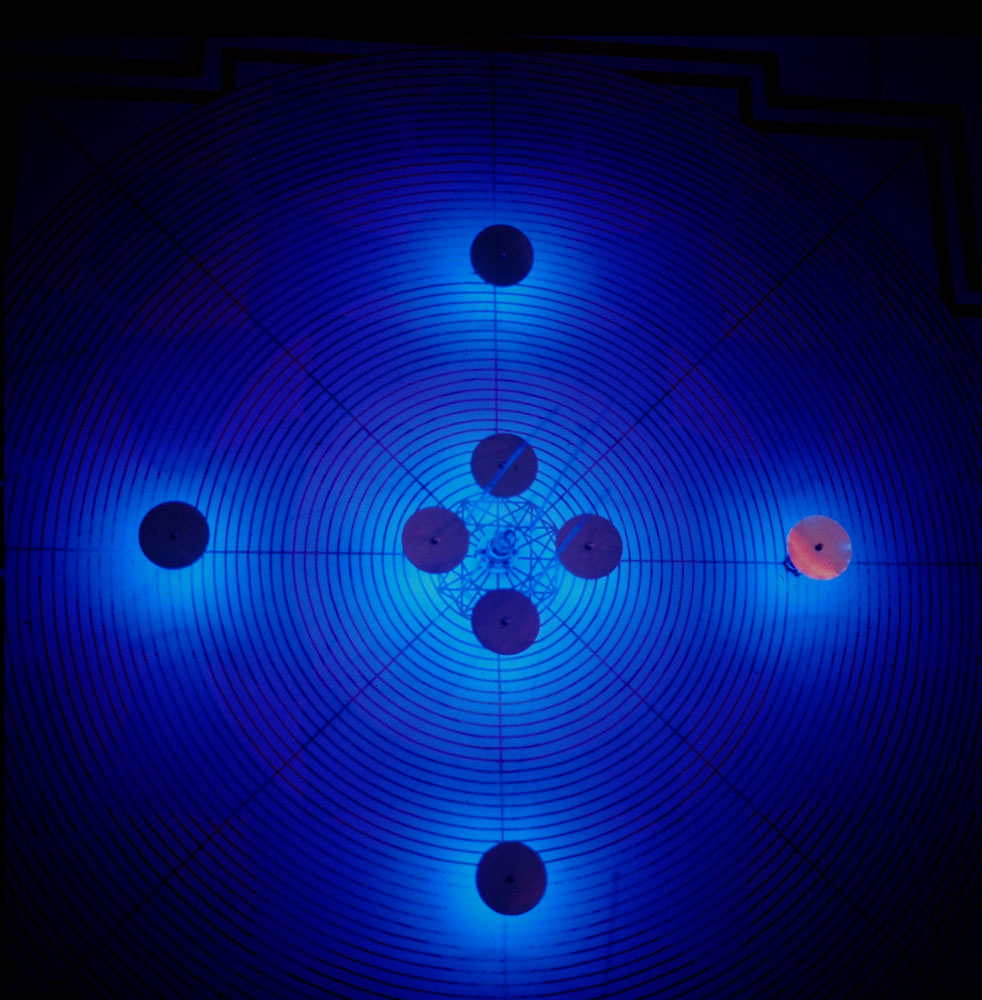
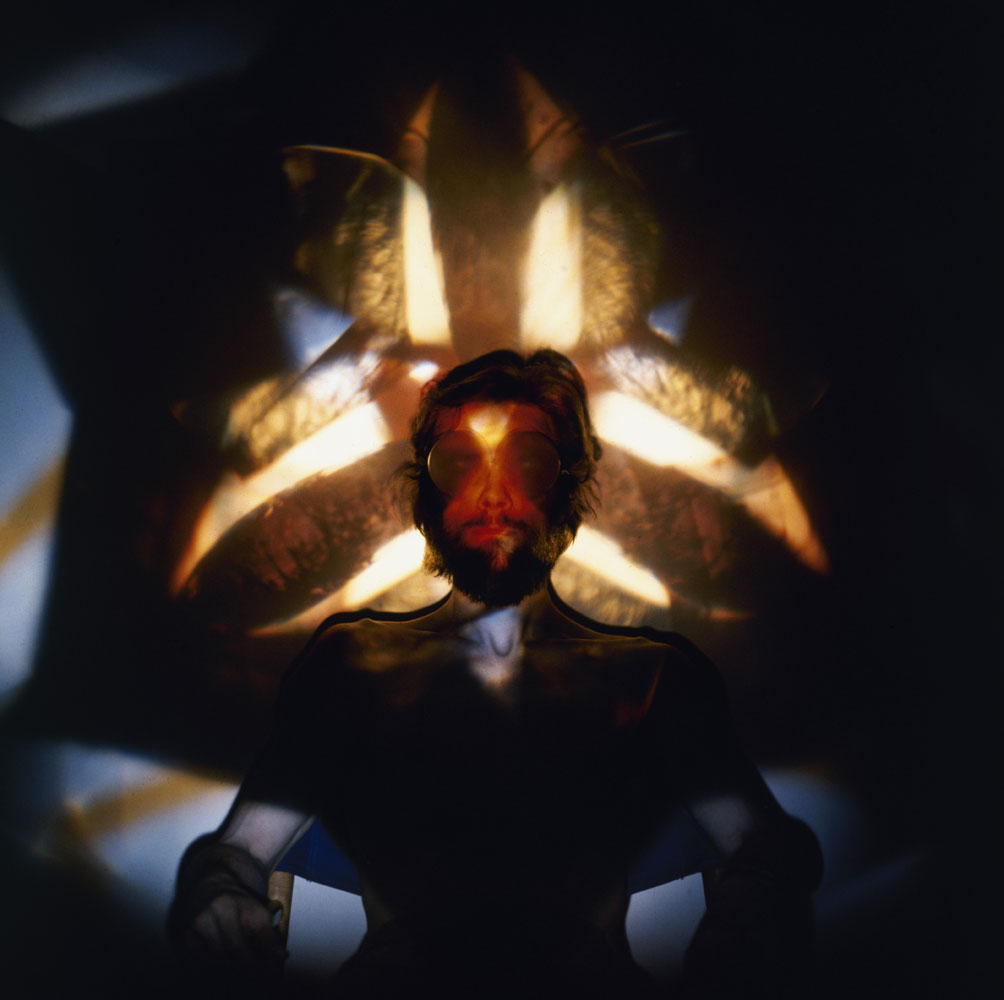
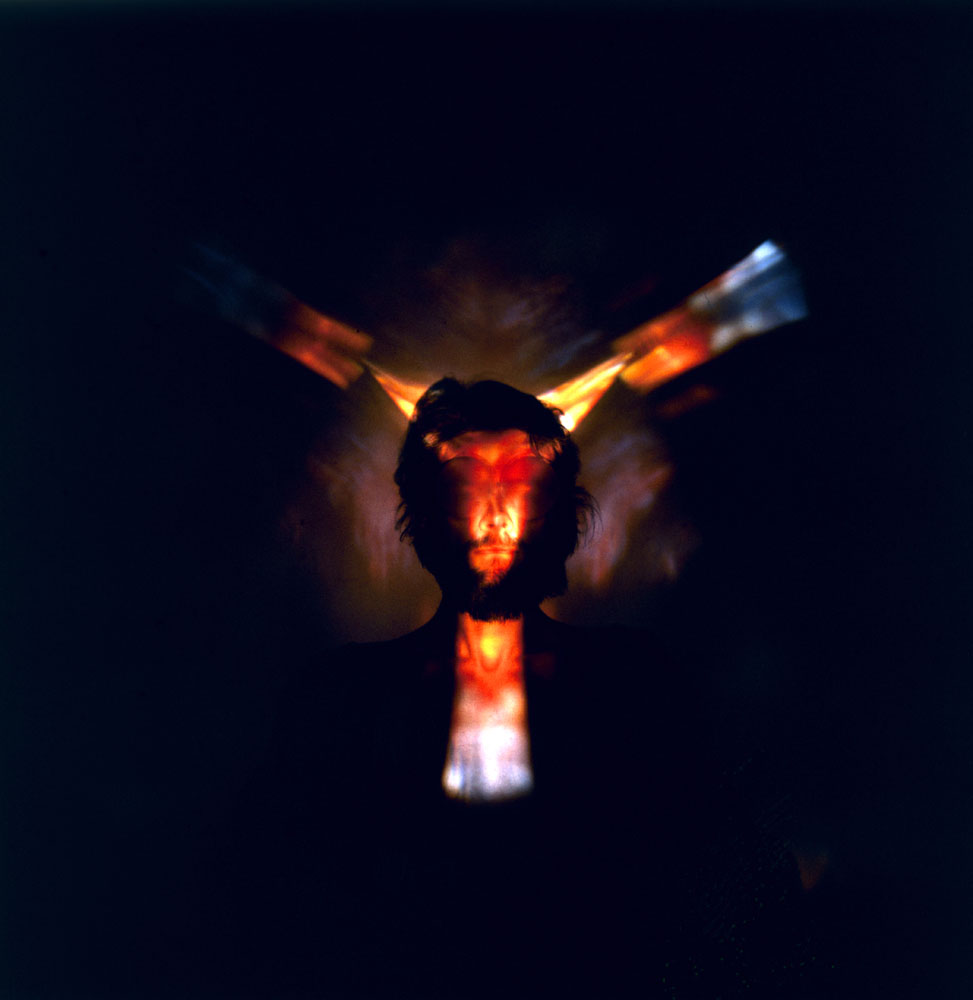
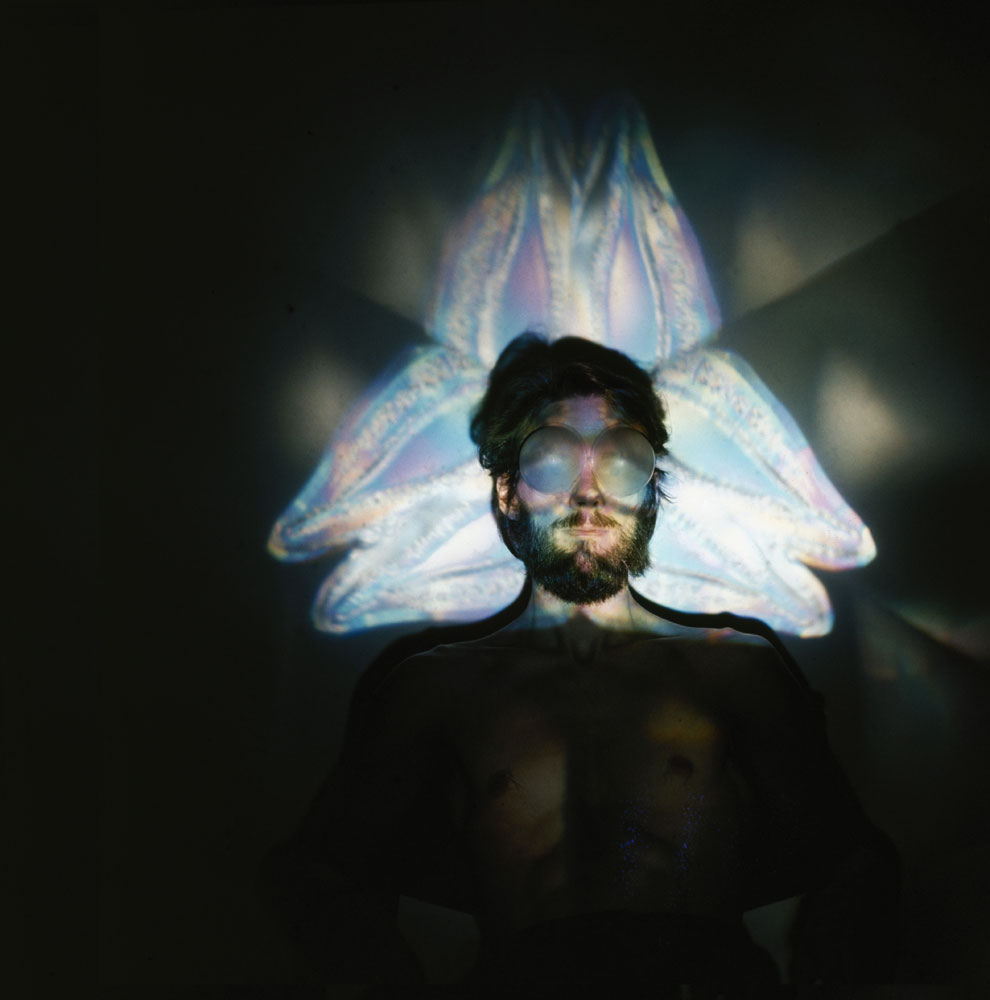
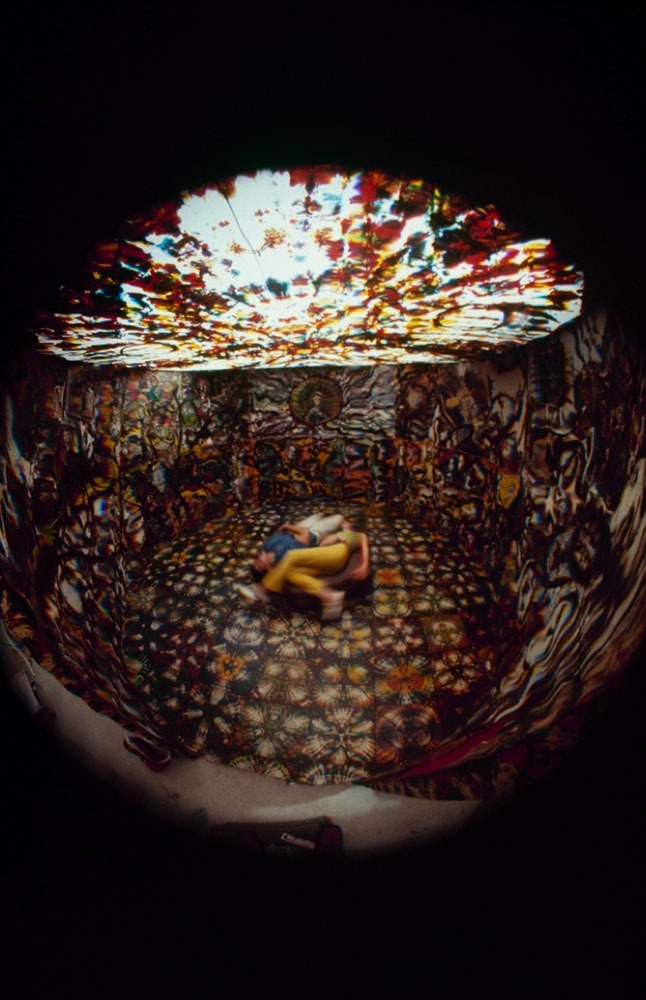
More Must-Reads from TIME
- How Donald Trump Won
- The Best Inventions of 2024
- Why Sleep Is the Key to Living Longer
- How to Break 8 Toxic Communication Habits
- Nicola Coughlan Bet on Herself—And Won
- What It’s Like to Have Long COVID As a Kid
- 22 Essential Works of Indigenous Cinema
- Meet TIME's Newest Class of Next Generation Leaders
Contact us at letters@time.com